Table of Contents
● Introduction
● Market overview
● Different types and their features
● Things to consider when selecting products
● Conclusion
Introduction
Motorcycle cooling systems are vital for optimising engine performance, as they regulate heat and prevent overheating, which could lead to engine damage. Each type offers distinct advantages from air-cooled to liquid-cooled systems, based on the motorcycle’s design, performance, and the rider’s needs. Air-cooled systems are simple, lightweight, and suitable for commuting, while oil-cooled systems offer better efficiency. On the other hand, liquid-cooled systems provide superior cooling for high-performance bikes that require consistent power delivery at higher speeds. Selecting the appropriate cooling system ensures the engine’s longevity, reliability, and smooth operation in any riding environment.
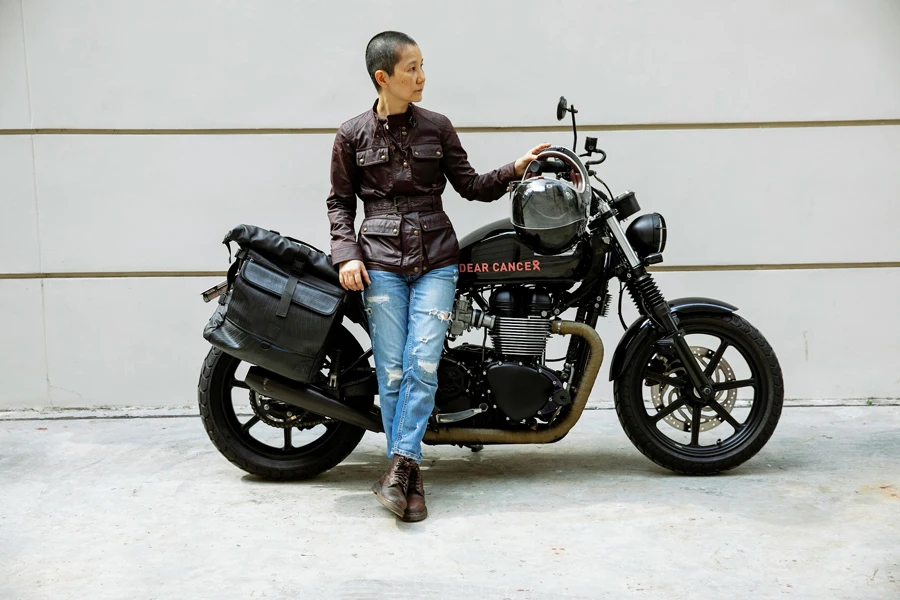
Market overview
The global motorcycle cooling system market is expected to grow significantly, driven by increasing demand for high-performance motorcycles. As of 2024, the market is valued at $106.8 billion, with a projected compound annual growth rate (CAGR) of 8.5% from 2024 to 2032, according to Global Market Insights. Liquid-cooled systems, favoured for their efficiency and ability to maintain consistent engine performance, are seeing increased demand, especially in high-powered motorcycles. This growth is further fueled by the need for advanced cooling technologies to meet rising consumer expectations and tighter emission regulations.
According to data from Global Market Insights, Asia-Pacific remains the largest market, accounting for 46% of global motorcycle sales in 2023. The region’s dominance is supported by strong demand in countries like India and China, where urbanisation and increasing disposable incomes have led to a surge in motorcycle purchases. Major manufacturers such as Yamaha, Honda, and Harley-Davidson invest in developing advanced cooling systems, particularly liquid-cooled models, to cater to the high-performance segment. This innovation is critical for improving engine longevity and reliability in diverse conditions.
The rise of electric motorcycles is also reshaping the cooling system market. As electric vehicles (EVs) gain traction due to environmental concerns and supportive government policies, there is an increasing need for specialised cooling systems to manage the heat generated by electric motors and batteries. According to Maximize Market Research, the growing adoption of EVs will continue diversifying the cooling system market, with new technologies emerging to address electric and hybrid motorcycles’ specific thermal management needs. This shift drives manufacturers to focus on sustainability and energy-efficient solutions in modern cooling systems.
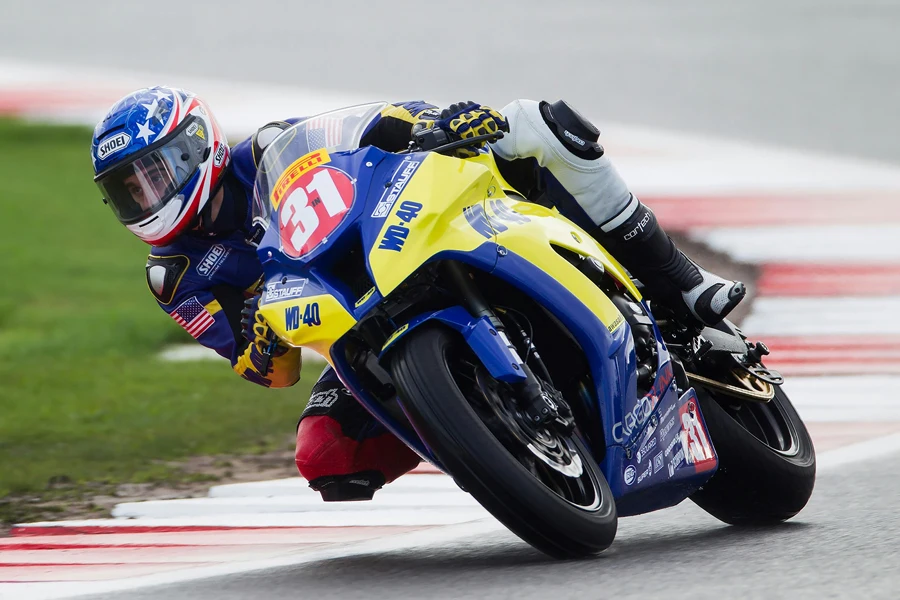
Different types of motorcycle cooling systems and their features
Motorcycle cooling systems are essential for managing engine heat, ensuring consistent performance, and preventing damage caused by overheating. The three main types of cooling systems—air-cooled, oil-cooled, and liquid-cooled—are each suited to different motorcycles based on their performance requirements and operating conditions. Understanding the features and limitations of each type helps riders and retailers make informed decisions.
Air-cooled systems
Air-cooled systems are among motorcycles’ simplest and most affordable cooling methods. These systems rely on air passing over aluminium fins on the engine to dissipate heat. Due to their minimal complexity, air-cooled systems are lightweight and often used in commuter and low-performance motorcycles. They are also easier to maintain, making them popular for riders seeking low-cost upkeep. However, these systems struggle to maintain efficiency at higher speeds or extreme temperatures, as they cannot adequately cool engines under heavy loads. Prolonged use in such conditions can lead to overheating, affecting engine longevity. According to industry data, air-cooled systems are typically found on motorcycles that prioritise cost-effectiveness and simplicity, making them a popular choice in markets with budget-friendly models. These systems are well-suited for shorter rides and environments with moderate climates.
Oil-cooled systems
Oil-cooled systems offer an improved cooling method by combining air cooling with oil circulation. In these systems, engine oil is pumped through a cooler to reduce its temperature before it circulates back through the engine. This additional cooling capability allows oil-cooled engines to perform better under more demanding conditions than air-cooled systems. The oil helps cool the engine and lubricates its moving parts, providing an added layer of protection. This hybrid approach offers better cooling efficiency than traditional air-cooled systems, especially for mid-range motorcycles that require moderate performance improvements. However, oil-cooled systems are still less effective than liquid-cooled systems for high-performance motorcycles, as they cannot handle the extreme heat generated by powerful engines. According to recent market data, oil-cooled systems are commonly used in motorcycles to balance cost and performance, especially in environments with moderate temperature fluctuations. They strike a good compromise for riders looking for both efficiency and affordability without the complexity of liquid cooling.
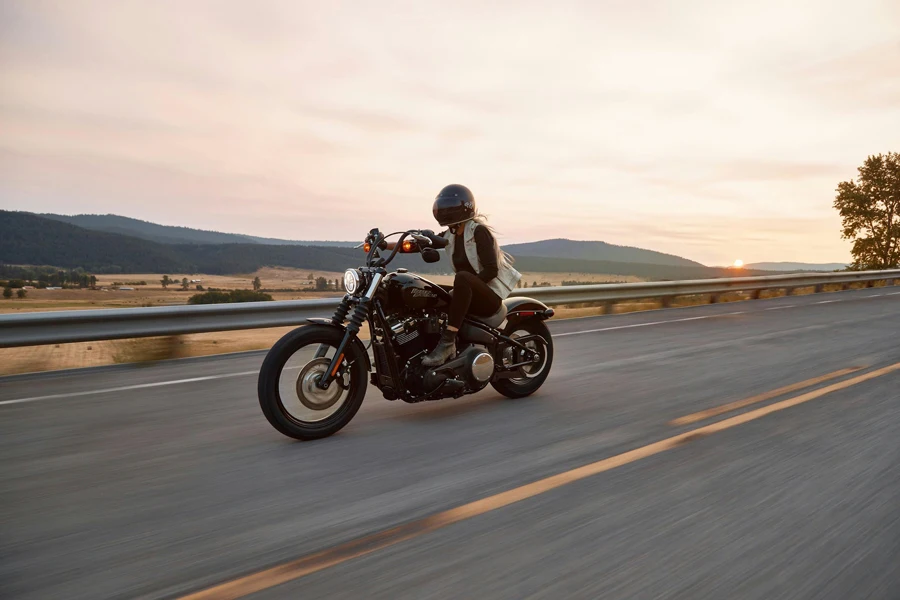
Liquid-cooled systems
Liquid-cooled systems are motorcycles’ most advanced and efficient cooling methods, particularly for high-performance and sports models. These systems use a coolant, typically a mix of water and antifreeze, circulated through a radiator to manage engine temperatures. The liquid absorbs heat from the engine, cools down as it passes through the radiator, and recirculates. Liquid cooling controls the engine temperature more effectively and reduces mechanical noise and engine vibrations, providing a smoother ride. Liquid-cooled systems offer superior temperature control, ensuring consistent engine performance even under extreme riding conditions, such as racing or long-distance travel at high speeds. They are also better equipped to handle sudden temperature changes, making them ideal for varying environments.
According to the latest data, the complexity and higher cost of liquid-cooled systems are offset by their ability to maintain peak engine performance, making them the preferred choice for high-powered motorcycles in competitive or demanding environments. Despite the added maintenance requirements and initial investment, riders prioritising performance, durability, and reliability often opt for liquid-cooled systems.
Things to consider when selecting motorcycle cooling systems
When choosing the right cooling system for a motorcycle, several factors must be considered to match the bike’s performance requirements and the rider’s typical environment. Different cooling systems offer unique benefits, and the decision largely depends on factors like riding conditions, performance demands, maintenance expectations, and cost efficiency.
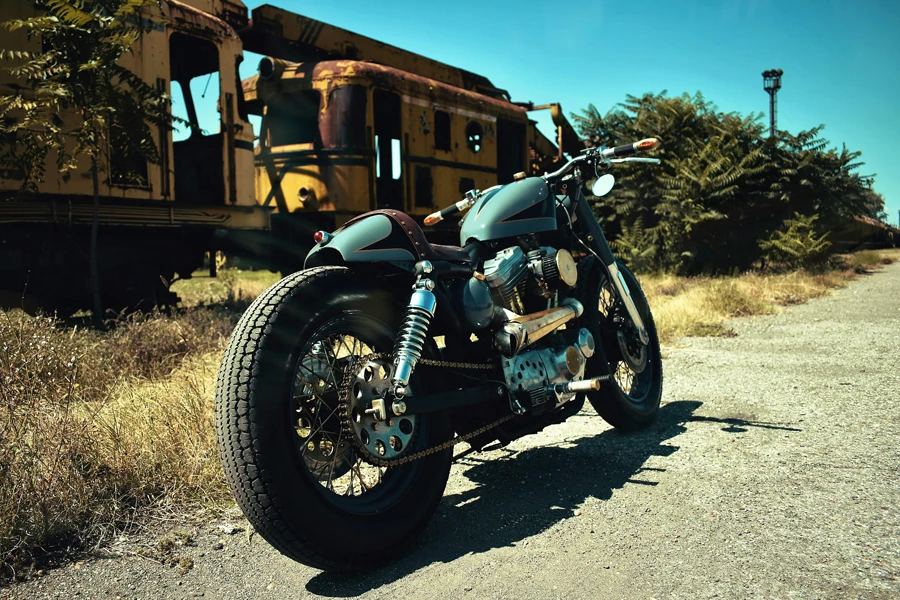
Riding environment
The riding environment plays a significant role in selecting a cooling system. For city commuters or riders who typically navigate lower speeds and stop-and-go traffic, air-cooled or oil-cooled systems may suffice due to their simplicity and lower maintenance needs. However, liquid-cooled systems are ideal for long-distance touring or high-speed riding, where the engine is subjected to higher loads for extended periods. According to industry data, liquid-cooled systems perform better in such conditions by maintaining consistent engine temperatures and preventing overheating during intense rides.
Performance needs
The cooling system should align with the motorcycle’s performance requirements. High-performance bikes, especially sport and racing models, generate more heat due to their high-revving engines. In such cases, liquid-cooled systems must provide constant cooling and power delivery. On the other hand, motorcycles designed for lighter use or casual riding may function well with air-cooled systems. According to market trends, riders looking for peak performance and engine reliability tend to favour liquid cooling due to its superior ability to manage engine heat during demanding rides.
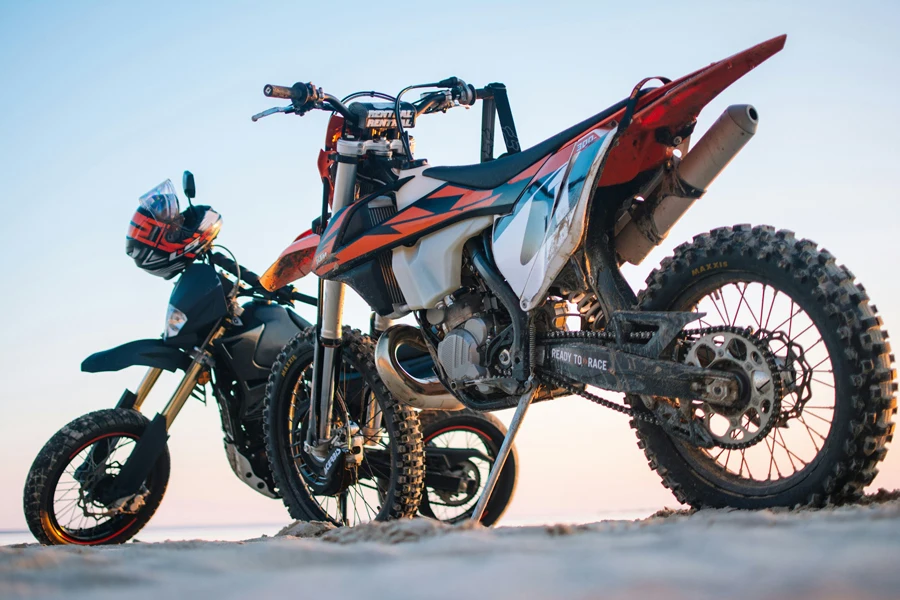
Maintenance requirements
The long-term maintenance of a motorcycle cooling system is another important consideration. Air-cooled systems require less frequent upkeep since fewer components are involved, making them more suitable for riders seeking low maintenance costs. In contrast, liquid-cooled systems demand more regular care, including coolant replacement and radiator maintenance. While more efficient than air-cooled systems, oil-cooled systems still require periodic oil changes and checks to ensure proper function. According to reports, understanding these maintenance requirements is critical, as liquid-cooled systems, though more efficient, require higher maintenance efforts over time.
Cost vs. efficiency
Cost is a key factor when selecting a cooling system and must be balanced with efficiency. Air-cooled systems are more affordable upfront, making them popular in entry-level and commuter motorcycles. However, these systems may be less efficient over time, especially in harsh environments. Although more expensive due to their complex design, liquid-cooled systems offer greater efficiency, enhanced engine protection, and longer longevity, especially for high-performance bikes. According to recent insights, riders aiming for long-term performance gains and reliability often opt for liquid-cooled systems, despite the higher initial costs, due to their better fuel efficiency and reduced risk of engine wear.
Conclusion
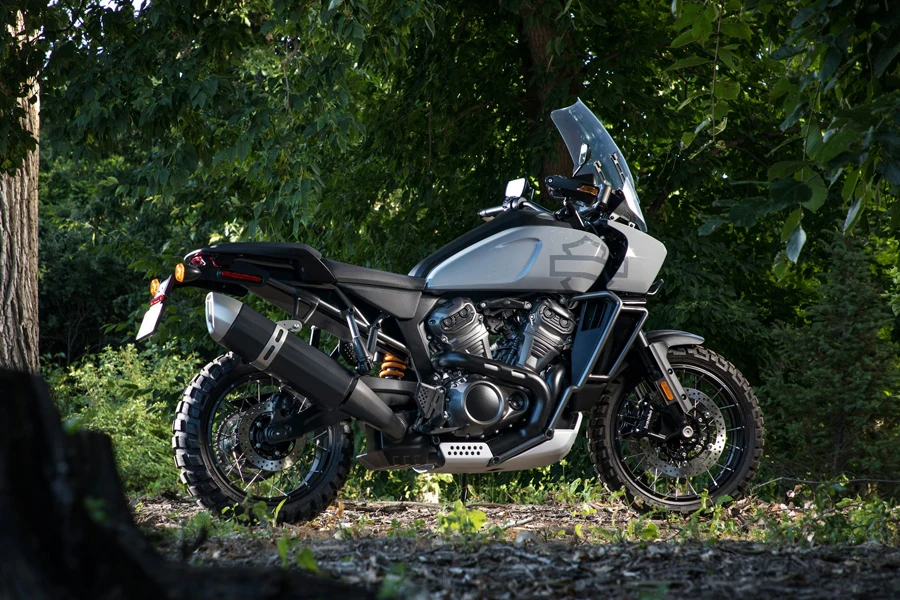
Selecting the ideal motorcycle cooling system is crucial for ensuring your bike performs optimally in the conditions you typically ride in. Liquid-cooled systems offer the best efficiency and reliability for high-performance motorcycles or long-distance riders. On the other hand, air-cooled and oil-cooled systems are suitable for less demanding environments, offering simplicity and lower maintenance. Each cooling system has strengths, from the cost-effectiveness of air cooling to the consistent temperature control of liquid cooling. By understanding these features and weighing them against your specific riding needs, you can make an informed decision that balances performance, longevity, and maintenance, ultimately enhancing your overall riding experience.



